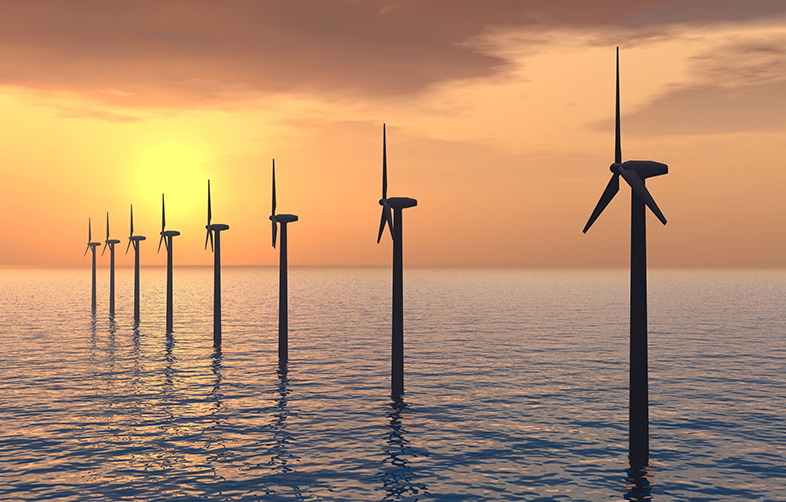2.2 Gallium arsenide PV
Another photovoltaic material is gallium arsenide (GaAs) with a crystal structure similar to that of silicon, but consisting of alternating gallium and arsenic atoms - a so-called compound semiconductor. GaAs PV cells are more efficient than cells made from monocrystalline silicon. They have a high light absorption coefficient, so only a thin layer of material is required, and they can operate at relatively high temperatures without substantial reduction in efficiency, which makes them well suited to use in concentrating PV systems (covered in Section 2.5).
But GaAs cells are more expensive than silicon cells, partly because the production process is not so well developed and partly because gallium and arsenic are not abundant materials. They are often used when very high efficiency is required, regardless of cost – as in many space PV applications.
You’ll next look at PV using thin films of silicon.
